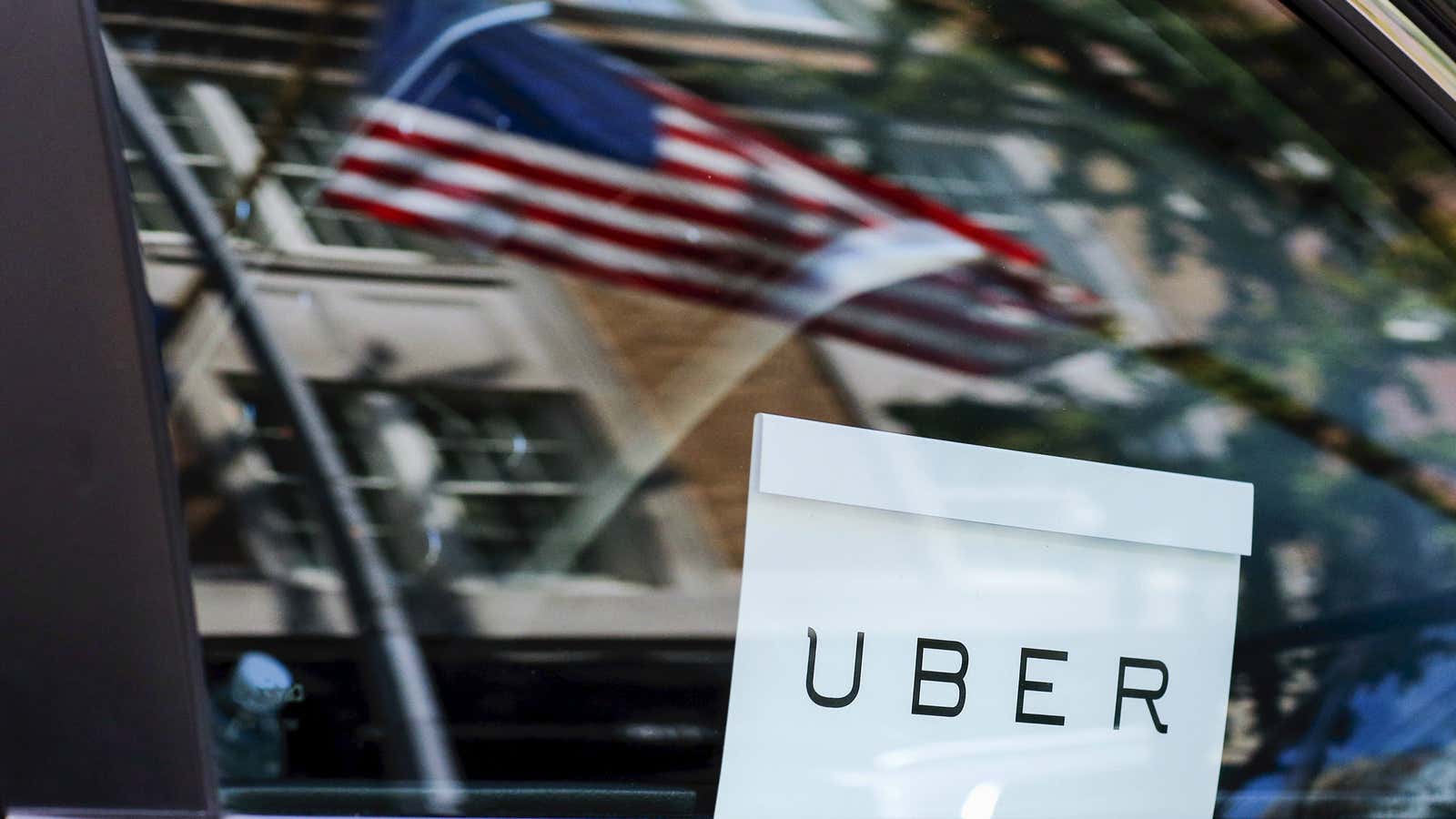For the last year, Uber and its competitor Lyft have been running political campaigns in cities and states across the US. The politics may differ from place to place but for the companies the goal is always the same: to get local regulators to legalize (and therefore legitimize) ride-hailing technology, while also excluding any measures that could hinder its rapid growth.
And one regulatory skirmish going on right now in Austin, Texas could prove particularly important.
Last week, the Austin city council convened to debate an ordinance that would regulate Uber, Lyft, and any other “transportation network companies” (TNCs) more like traditional taxi firms. The council particularly wanted drivers for Uber and Lyft to pass fingerprint-based background checks, which most of its members felt were a better safety screener than the ones the companies currently run. There are more than 10,000 Uber drivers in Austin, according to the company.
But Uber and Lyft are categorically opposed to fingerprinting. They claim it’s unduly burdensome and can deter prospective drivers from ever signing up. They’ve said they won’t operate in any city that requires fingerprinting, and accuse regulators who do of “forcing” them out, while mobilizing their vast base of users to demand political change.
For the most part, that strategy has worked. To date, more than 25 states and dozens of cities in the US have passed laws that let Uber and Lyft operate largely as they like. In Texas, one recent victory for Uber was in San Antonio, where the city council backed down on fingerprinting and drug testing after Uber suspended service for six months. In Houston, Lyft departed but Uber ultimately kept operating anyway.
Which brings us back to Austin. Last week, after nearly five hours of debate, the city approved its stricter ride-hailing ordinance by a vote of 9–2. The ordinance takes effect Feb. 1 and Lyft has said it will remain in Austin “until mandatory fingerprint requirements force us to leave.” Uber is implying the same. “The mayor and council said they wanted a solution that would keep Uber in Austin, but this law will not do that,” a spokeswoman says.
Uber and Lyft are already hoping to negotiate a revised ordinance before Feb. 1, but what if they fail? If Uber leaves Austin on principle, will it, like Lyft, have to exit Houston as well? Can the company afford to lose the first and fourth biggest cities in Texas? To risk the appearance of an entire state in regulatory revolt?
Yes, Austin is just one city, and Uber is in more than 300 cities worldwide. But sometimes—even in the macro picture—one city matters.
